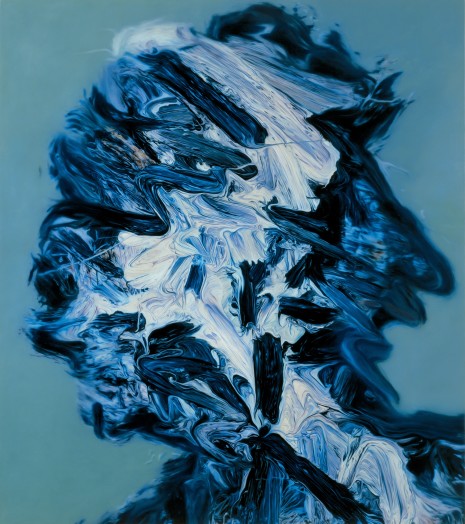Melodrama: The Excessive in Post-Modern Imagination: Artium, Centro-Museo Vasco de Arte-Contemporaneo, Spain
This important thematic exhibition about post-modern exaltation of feelings is the first joint production of ARTIUM (Vitoria-Gasteiz), CENTRO JOSÉ GUERRERO (Granada) and MARCO (Vigo). These three museums have recently released a "Declaration of intentions" to set up a future "net of Contemporary art Museums and Centres".
At the time of the French Revolution and, when the Industrial Revolution in England was beginning to emerge, end of the 18th century, melodrama attained its characteristic features. French Monarchy gave official theatres the monopoly to make use of the spoken word, while forbidding all types of narration in the rest of theatrical representations. Melodrama was then, unwillingly forced to crop up. The exaggeration of gestures, the overload of special effects and the use of melodies were introduced in order to make up for the lack of spoken words.
It was only after the French Revolution that theatres were allowed to introduce texts in the plays. Nevertheless, those exaggerated manners previously created, did not disappear, and were bound to live to our days.
Regardless secularisation and the great progress parallel to the raise of bourgeoisie, and the coming up of the working class, the need of moral affirmation and justice, as well as the need to distinguish the good from the evil, prevailed. At this point, Melodrama achieves its objectives. It asserts the victory of virtue versus vice, shapes new values, such as the idea of family as the core of the new social order, as well as the moral superiority of the poor, the innocent and the virtuous. To give a correct expression to these ideas, Melodrama focused on canonical roles, such as that of the hero, heroine and villain. Thus, only happy endings could be conceived. The message had to be clear, therefore, the complexity of individual character could be analysed.
The aesthetic of melodrama would be promptly embraced by the cinema industry to fill the gap of technical resources in silent films. Nevertheless, just as it happened with drama, this strategy of exaggeration and excess did not vanish with the advent of sound.
Melodramatic imagination had the reputation of bad taste and did not find its role in visual arts until the post-modern period, in which the definition of good taste and traditional hierarchies were overthrown. In the post-modern period, artists began to hyperbolise the common to levels never seen before.
We live in a melodramatic era; we embrace melodramatic codes since those, govern our daily lives. And art, an expression of its time that mirrors the reality that surrounds us, shows it eloquently.
The list of selected artists includes some of the most prestigious and influential artists of the 90s, as well as the most outstanding ones the latest generations: N. Melikian, V. Araujo, K. MacLeod, F.Bajull, L.Lou, D. Almond, J. Rosefeldt, S. de Beer, L. Parnes, R. Pettibon, C.Jankowski, T. Moffat, P. Piccinini, W. Delvoye, LaVerdiere, B, Crockett, L.Ferrán, A.Otero, P.Morrison, S.Klipper, R.Longo, J. Isaacs, G.Brown, D.Chihuly, J.Fontcuberta, N.Cooke, V.Civera, V.López, M.Muntean, S.Webster, J.Simpson, Van der Stokker, H.Sugimoto, S.Vega, F.Vezzoli and A.Vieites.
Artworks
-
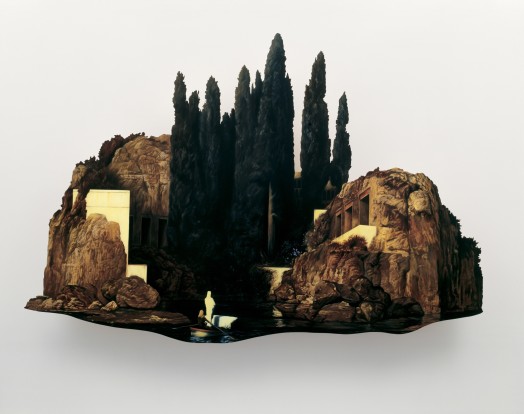 Glenn BrownZombies of the Stratosphere, 1999Oil on shaped mdf panel, steel159 x 234cm
Glenn BrownZombies of the Stratosphere, 1999Oil on shaped mdf panel, steel159 x 234cm -
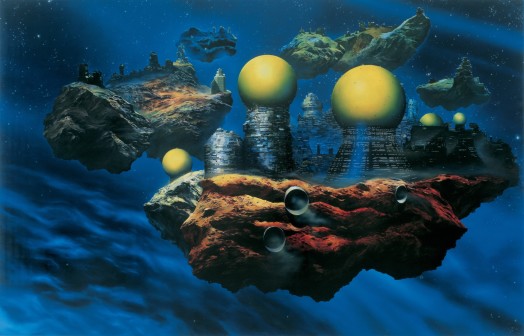 Glenn BrownThe Pornography of Death (painting for Ian Curtis) copied from `Floating Cities' 1981 by Chris Foss, 1995Oil on canvas220 x 328 cm
Glenn BrownThe Pornography of Death (painting for Ian Curtis) copied from `Floating Cities' 1981 by Chris Foss, 1995Oil on canvas220 x 328 cm -
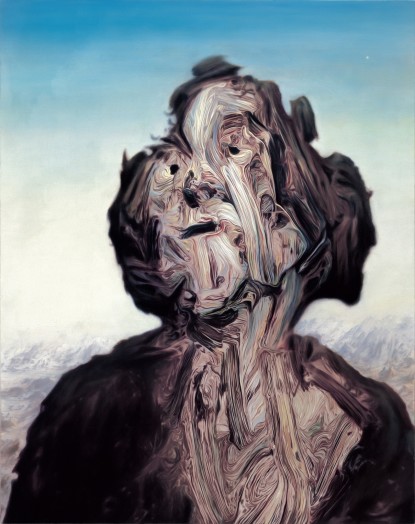 Glenn BrownLittle Death, 2000Oil on panel68 x 54 cm
Glenn BrownLittle Death, 2000Oil on panel68 x 54 cm -
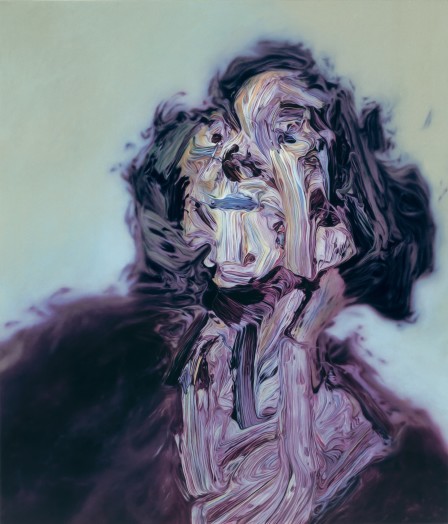 Glenn BrownKinder Transport, 1999Oil on panel67 x 57.5 cm
Glenn BrownKinder Transport, 1999Oil on panel67 x 57.5 cm


